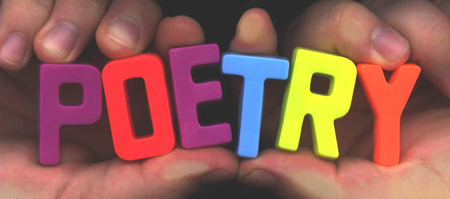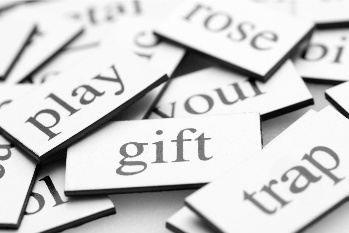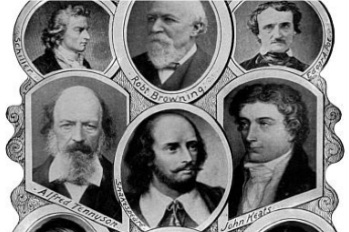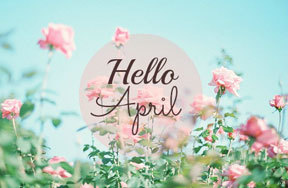We’ve all learned about poetry in English class, but have you taken the time to write your own? April is National Poetry Month so let’s discover more about this form of writing!
Poetry is a form of written expression, similar to a novel or short story. But, poems are often much shorter in length, and use many literary devices to make them sound more pleasurable to the ear. For example, many poems use rhyming, which makes us want to continue reading the poem!
 Poetry 101
Poetry 101
Some people dedicate their whole lives to learning about poems, but we are just going to cover the basics.
Lingo
If you want to talk about poetry, you need to know the lingo! Here are some common words you will hear:
- Stanza: A part of a poem that contains more than one line - most often referred to as a verse.
- Meter: The rhythmic structure of the lines of a poem.
- Rhythm: The way a poem sounds.
- Couplets: Two lines in a poem that rhyme and have the same meter.
 Know the lingo!Courtesy of Edmodo
Know the lingo!Courtesy of Edmodo
Forms of Poetry
There are many, many different forms of poetry. Some of the ones you will come across the most are:
- Acrostic: A poem where the first letter of each line spells out a word or message.
- Ballad: A poem that tells a story, sometimes through song.
- Sonnet: A poem with 14 lines that follows a specific rhyme scheme and structure. William Shakespeare was famous for writing these types of poems.
- Haiku: A short poem with three lines of 17 or less syllables.
- Limerick: A short poem with five lines that doesn’t make much sense. It follows a specific rhyming pattern.
 Famous poetsCourtesy of YesterYear
Famous poetsCourtesy of YesterYear
Have Your Say
Do you write poems? Who is your favorite poet? Let us know!

































